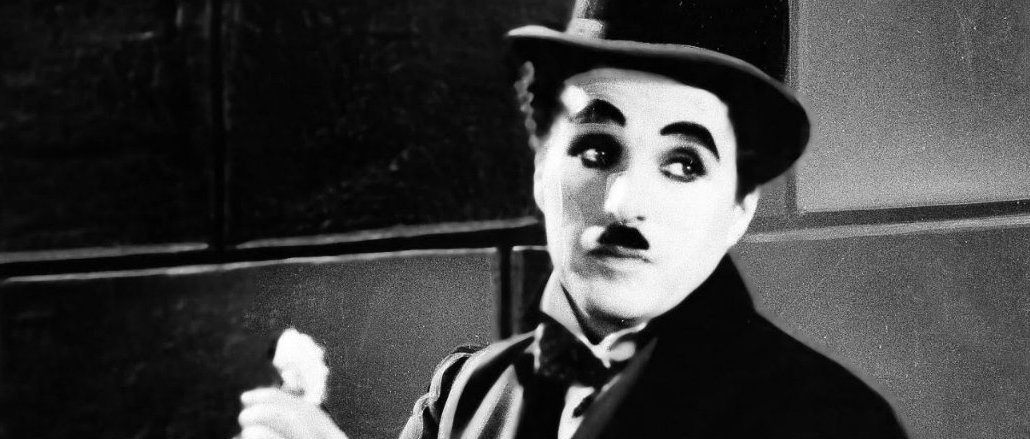
Get honest, in-depth coverage of media, marketing and TV, delivered to your inbox daily. Sign up for the Digiday Daily Newsletter here.
Facebook might be hosting upwards of 8 billion views per day on its platform, but a wide majority of that viewership is happening in silence.
As much as 85 percent of video views happen with the sound off, according to multiple publishers. Take, for instance, feel-good site LittleThings, which is averaging 150 million monthly views on Facebook so far this year. Eighty-five percent of its viewership is occurring without users turning the sound on. Similarly, millennial news site Mic, which is also averaging 150 million monthly Facebook views, said 85 percent of its 30-second views are without sound. PopSugar said its silent video views range between 50 and 80 percent.
The news shouldn’t come as much of a surprise, as Facebook has built a video ecosystem that does not require users to turn the volume up — and publishers have been more than happy to play ball. Most users’ news feeds are now inundated with short videos that feature text or captions narrating what’s being shown on screen. While most of these videos feature narration or some form of background music, the intent is to make it easy for people to consume the information presented in the videos without needing to turn the sound on.
“From day one, there pretty much has been the psychology that you have to catch their attention immediately,” said Gretchen Tibbits, chief operating officer for LittleThings. Facebook counts a view at three seconds, which means publishers have to find ways to convince users to stick around in order to capture that view. “But while the first three seconds are critical, the video also has to be designed to capture attention without needing sound,” said Tibbits.
Tailoring content to the whims of the Facebook news feed has helped publishers scale on the platform. It’s also turned news feeds stale as publishers put up countless videos that have the same look and feel. Take, for instance, this NowThis video about a Tylenol ingredient that makes people less empathetic and this Tech Insider video about a futuristic bike. While they focus on completely different topics, the key ingredients are the same: a striking visual or message up front followed by a text-heavy explanation of the content.
But it works, which means publishers will continue to do this type of content.
When it comes to distributing branded content, advertisers for the most part have also come to terms with these quasi-silent videos as the de facto standard — non-live edition — for Facebook. And in these instances, the format works.
According to MEC North America, branded videos from its clients average 85-90 percent silent video views. But that doesn’t mean consumers are less engaged. Internal studies conducted by the agency showed that KPIs like brand lift and intent to purchase were not affected by whether the viewer watched the video with the sound on or off, said Noah Mallin, head of social for the agency.
“Sound is still an option [on Facebook], but it’s not required,” said Rye Clifton, director of experience at GSD&M. “If you can make something compelling without needing people to turn the audio on, you’re ahead of people who are not thinking that way.”
But that’s only if the content is completely made for Facebook. It’s different when it’s a paid media buy for a video ad that wasn’t intended solely for Facebook. When measuring the performance of campaigns on a cost-per-view basis, nine times out of 10, YouTube will come in at a lower price than Facebook, according to Nick Pappas, CEO of SwellShark. (A hurdle here is that Facebook only charges advertisers for three-second or 10-second views, whereas on YouTube, advertisers can pay based on completed views.)
“As a paid advertising channel, [Facebook] works sometimes, but it’s so important to have creative that meets the criteria of the platform — otherwise it can be a waste of money,” he said.
Download the Digiday Video Dictionary — your guide to the terms and acronyms defining the future of video.
More in Media

From sidelines to spotlight: Esports events are putting creators center stage
Esports events’ embrace of content creators reflects advertisers’ changing priorities across both gaming and the wider culture. In the past, marketers viewed esports as one of the best ways to reach gamers. In 2025, brands are instead prioritizing creators in their outreach to audiences across demographics and interest areas, including gaming.

Condé Nast and Hearst strike Amazon AI licensing deals for Rufus
Condé Nast and Hearst have joined the New York Times in signing a licensing deal with Amazon for its AI-powered shopping assistant Rufus.

Media Briefing: AI payouts may be entering a new era
AI compensation is evolving — and new models, not just publisher demands, are driving the shift beyond flat-fee licensing.





